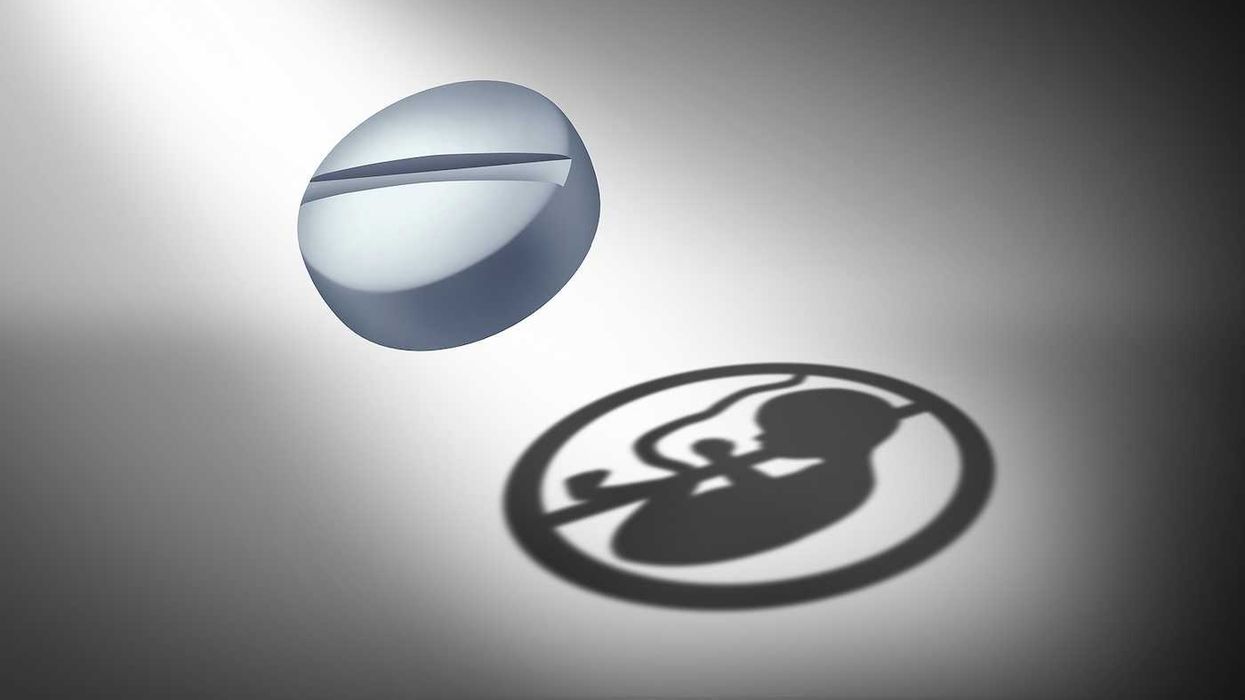Almost 300 public water systems in the U.S. exceed new EPA limits for toxic PFAS chemicals, necessitating costly treatments or alternative water sources.
Austin Fast and Cecilia Garzella report for USA TODAY.
In short:
- The EPA's latest data reveals nearly 300 public water systems surpassing new PFAS limits, impacting millions.
- Over 6,000 systems may need corrective action as more results are submitted in the coming years.
- Various utilities, including Fort Worth and Pensacola, are initiating expensive treatment processes to comply with the regulations.
Key quote:
“The cost of doing nothing is going to be far worse than the cost of doing something about this.”
— Adam Lisberg, senior vice president of communications at Veolia’s municipal water division
Why this matters:
The presence of PFAS in drinking water is alarming for many reasons. These chemicals have been associated with a range of health problems, including cancer, liver damage, decreased fertility, and increased risk of asthma and thyroid disease. For parents, the potential impact on their children's development and immune systems adds to the urgency of addressing this contamination.
Be sure to read additional EHN coverage of the growing PFAS crisis:














